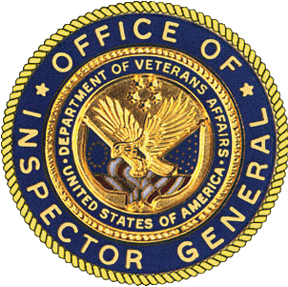VA Should Validate Contractor Energy Baseline and Savings Estimates and Ensure Payments Are Legally Compliant
Report Information
Summary
VA partners with private sector companies using energy savings performance contracts to implement energy conservation measures without paying direct capital costs up front. The companies finance the capital costs of implementing these energy upgrades and are compensated through the energy cost savings received by VA. The measures help reduce energy or water usage at VA medical facilities—for example, by installing low-energy lighting and low-flow bathroom fixtures.
Before awarding the work, VA must validate the contractor’s energy baseline and savings estimates to ensure future payments are based on reasonable energy savings. An energy baseline is the energy use or demand with existing equipment at a site before implementation. The contractor’s savings estimate is the difference between the baseline amount and the cost of utilities, operation, and maintenance for equipment to be installed. If the contractor’s estimates are overstated, VA may be locked into a payment schedule that exceeds its actual energy savings.
After validation, a VA contracting officer negotiates a guaranteed cost savings amount with the contractor. By law, payments from the government cannot exceed this amount over the life of the contract. The amount is evaluated annually to determine if the contractor is delivering the promised savings. If not, VA can deduct the savings not realized from annual payments.
The OIG found VA did not independently review the contractor’s energy baseline or estimated savings calculations at four of 13 medical facilities using energy savings performance contracts. Moreover, VA did not have effective policies or quality control procedures to ensure the contractor’s baseline and savings estimates were independently reviewed and that payments complied with the law and with Federal Energy Management Program guidance requiring one-time payments to be made in the same contract year as energy-related savings occurred. The OIG made four recommendations to address these weaknesses.
Develop specific policy and procedures to ensure the contractor’s investment grade audit, which includes the contractor’s energy baseline and cost savings estimates, are witnessed and validated per Federal Energy Management Program guidelines.
Publish criteria for payments for energy savings performance contracts to ensure compliance with federal law and Department of Energy Federal Energy Management Program guidance.
Develop procedures to ensure contracting officer’s representatives or other contracting officer designees have independently witnessed and validated the contractor’s energy baseline and savings estimates prior to negotiating energy savings performance contracts’ guaranteed savings amounts.
Develop oversight procedures to ensure documentation that demonstrates the contractor’s energy baseline and energy savings estimates were witnessed and validated is maintained in the official contracting records.
